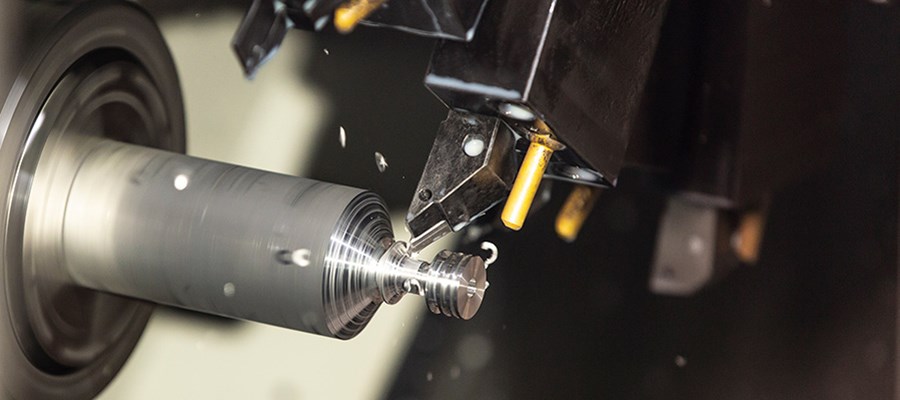
The anodic coloring process is similar to that of electroplating, and there are no special requirements for the electrolyte. Various aqueous solutions of 10% sulfuric acid, 5% ammonium sulfate, 5% magnesium sulfate, 1% trisodium phosphate, etc., even the aqueous solution of white wine can be used when needed. Generally, a distilled aqueous solution of 3%-5% by weight of trisodium phosphate can be used. In the coloring process to obtain high voltage color, the electrolyte should not contain chloride ions. High temperature will cause the electrolyte to deteriorate and cause a porous oxide film, so the electrolyte should be placed in a cool place.


In anode coloring, the area of the cathode used should be equal to or larger than that of the anode. Current confinement is important in anodic coloring, because artists often solder the cathodic current output directly to the metal clip of the paintbrush, where the coloring area is small. In order to match the anode reaction speed and electrode size with the coloring area, and prevent the oxide film from cracking and electrical corrosion due to excessive current, the current must be limited.
Application of anodizing technology in clinical medicine and aerospace industry
Titanium is a biologically inert material, and it has problems such as low bonding strength and long healing time when it is combined with bone tissue, and it is not easy to form osseointegration. Therefore, various methods are used for surface treatment of titanium implants to promote the deposition of HA on the surface or enhance the adsorption of biomolecules to improve its biological activity. In the last decade, TiO2 nanotubes have received extensive attention due to their excellent properties. In vitro and in vivo experiments have confirmed that it can induce the deposition of hydroxyapatite (HA) on its surface and enhance the bonding strength of the interface, thereby promoting the adhesion and growth of osteoblasts on its surface.

Common methods of surface treatment include solgel layer method, hydrothermal treatment Electrochemical oxidation is one of the convenient methods to prepare highly regularly arranged TiO2 nanotubes. In this experiment, the conditions for preparing TiO2 nanotubes and the effect of TiO2 nanotubes on the Influence of mineralization activity of titanium surface in SBF solution.
Titanium has low density, high specific strength and high temperature resistance, so it is widely used in aerospace and related fields. But the disadvantage is that it is not resistant to wear, easy to scratch and easy to be oxidized. Anodizing is one of the effective means to overcome these deficiencies.


Anodized titanium can be used for decoration, finishing, and resistance to atmospheric corrosion. On the sliding surface, it can reduce friction, improve thermal control, and provide stable optical performance.
In recent years, titanium has been well used in the fields of biomedicine and aviation due to its superior properties such as high specific strength, corrosion resistance, and biocompatibility. However, its poor wear resistance also greatly limits the use of titanium. With the advent of drill anodizing technology, this disadvantage of it has been overcome. Anodizing technology is mainly to optimize the properties of titanium for the change of parameters such as the thickness of the oxide film.

Post time: Jun-07-2022
